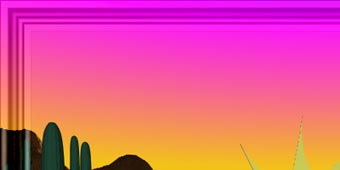 |
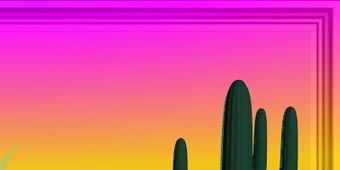 |
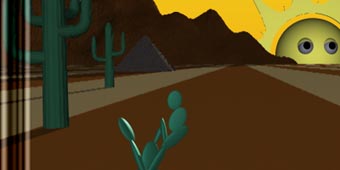 |
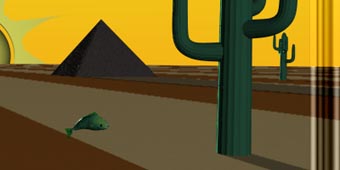 |
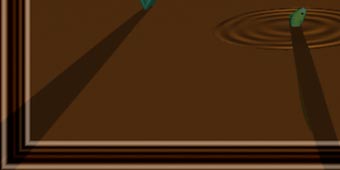 |
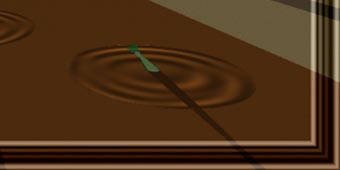 |
This scene was somewhat of an experiment, using various modelers and conversion utilities to create a POV-Ray scene. The cacti and the fish were created with Pixels 3D a Mac NURBS-based modeler. These were exported to DXF files and converted to POV-Ray triangle objects with dxfPR, a great little conversion utility. I also used Mondifarilo, Adobe Illustrator and EPStoPOV and Photoshop to help make various other objects in the scene.
The scene was developed simultaneously with the May-June 2000 Internet Ray Tracing Competition. Since the theme was "Unknown Lands" I thought this scene lent itself to that category and so I entered it in the competition. Since the scene contained a lot of objects saved as DXF files in other programs and converted to POV-Ray triangles the scene file grew fairly large (it takes a lot of triangles to describe an object smoothly). This led to a memory-hungry scene which took a lot of parse time as POV-Ray read the scene file. I found getting the lighting right to be tricky since I had the sun rising in the background and this meant the main light source was shining toward the camera/viewer instead of being behind or above them as is usually the case. I gave up before I was really happy with it due to the scene size and frustration with the slow process. The scene placed 60th out of 80 entries.
One thing I learned from this exercise was to be more judicial with the detail included in a model. The fish is actually a fairly detailed model I spent some time on, however, you can't see most of that detail in the final rendering of this scene. Also experimenting with exporting some of the DXF models that are in the distance with fewer faces may have saved on the scene size. Generally speaking, POV-Ray is more efficient memory-wise if you can use objects created from its own predefined shapes or CSG's created from these!